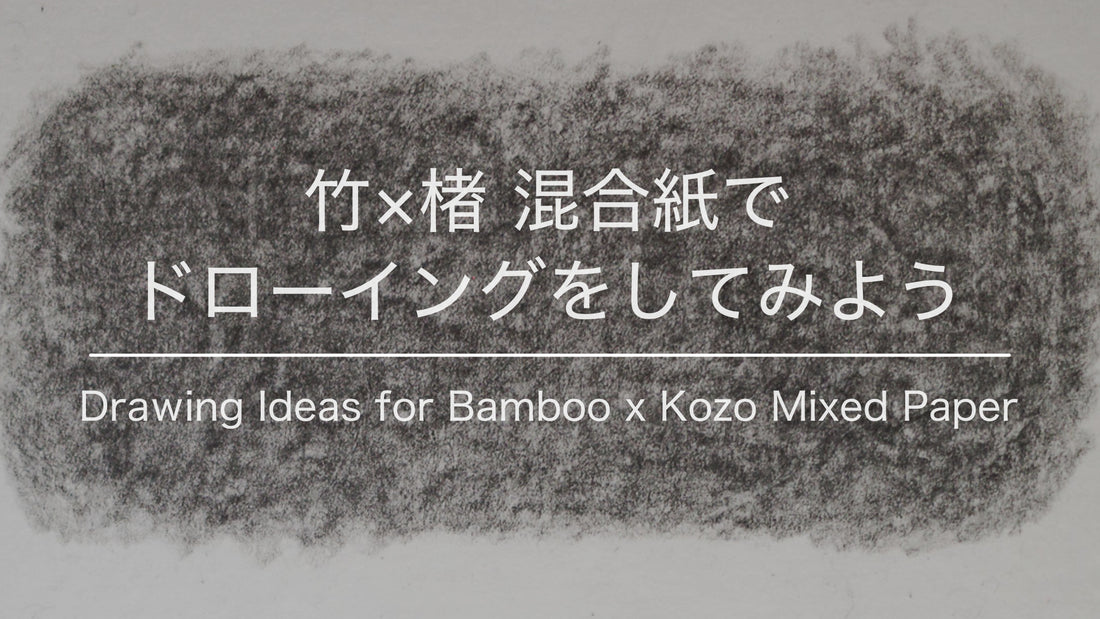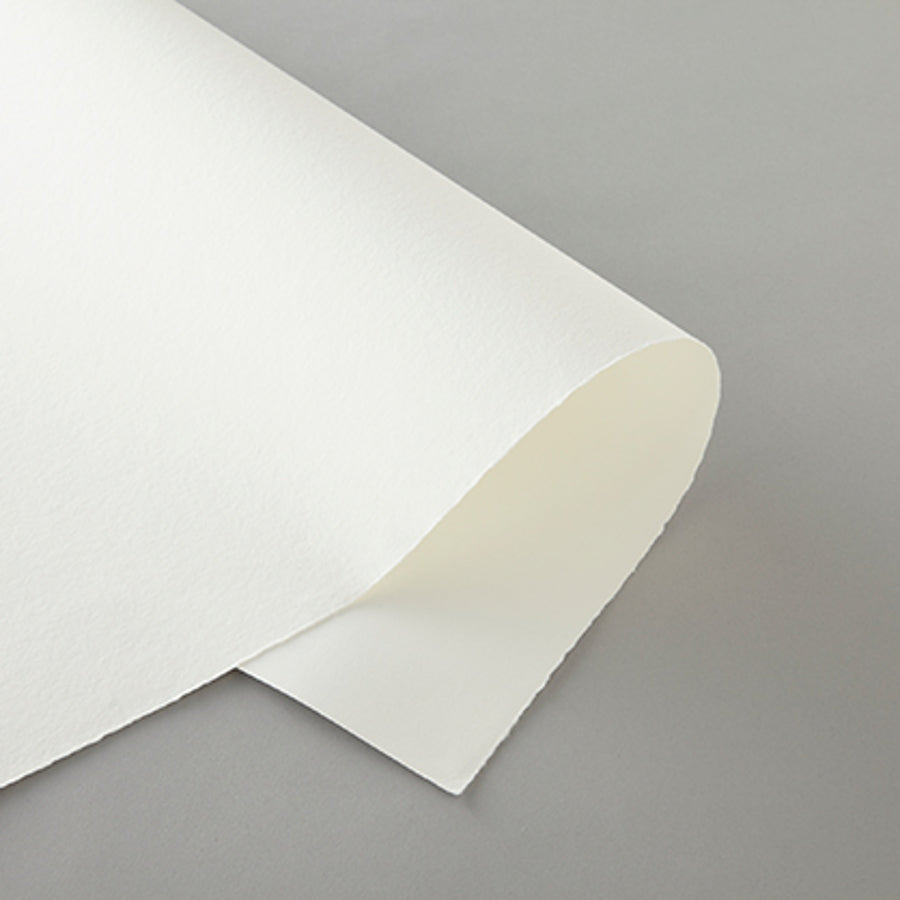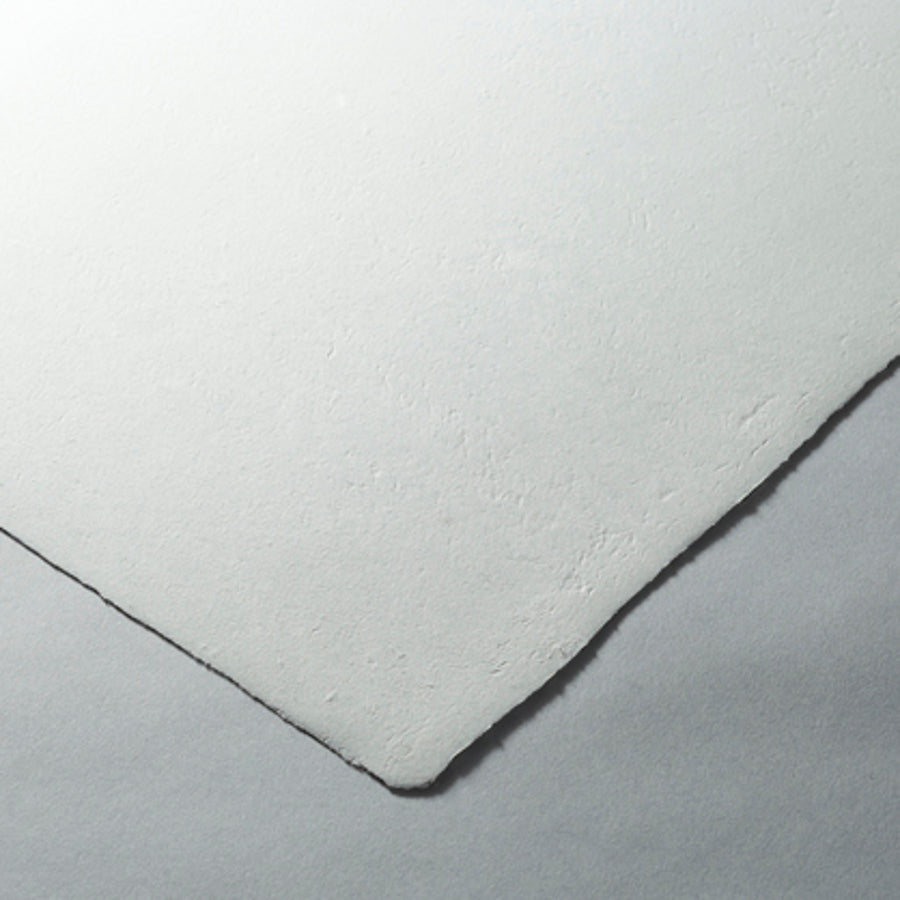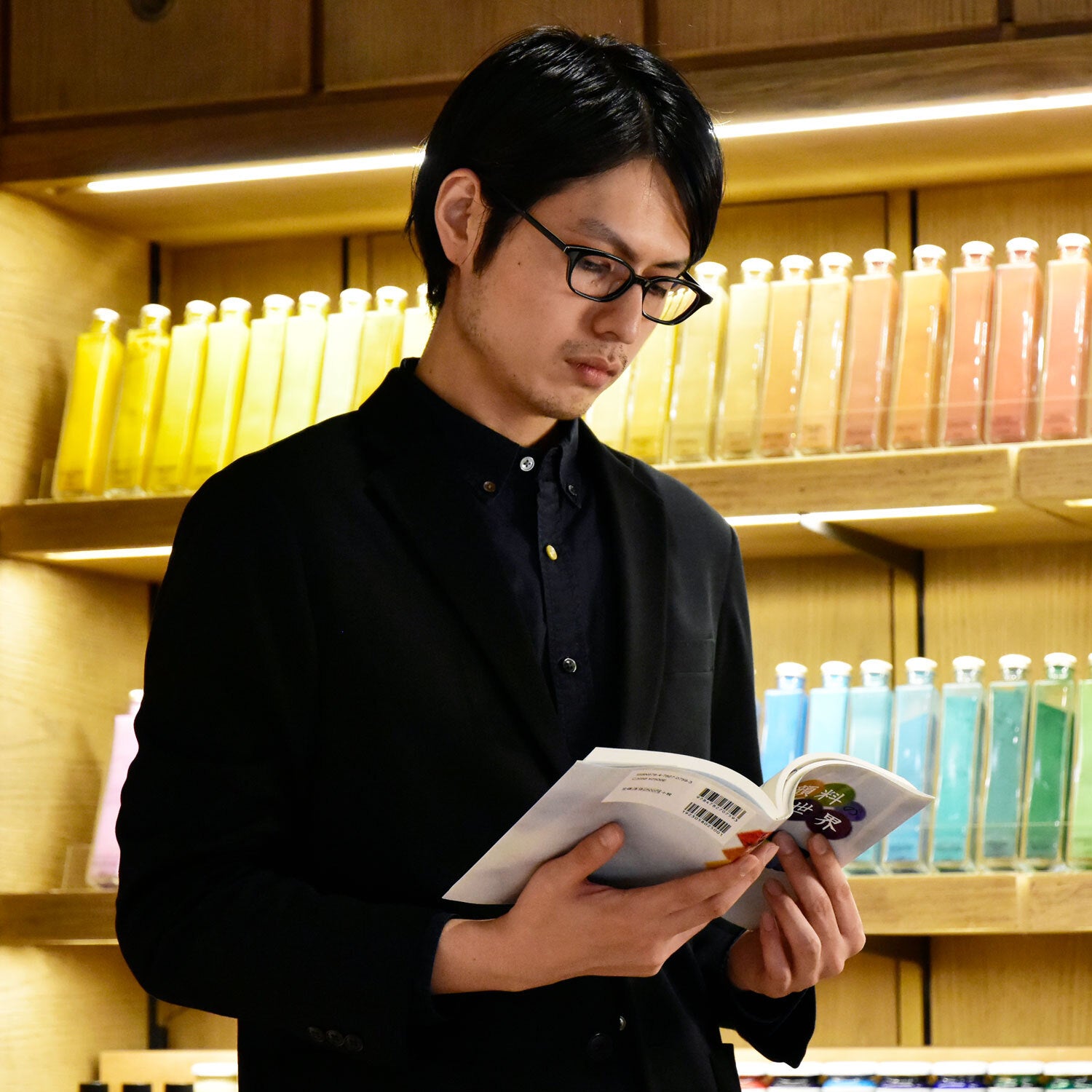**********
Washi is a word that refers to handmade paper that has been around for a long time in Japan. It is mainly made from mulberry, three -si, and gang skin, and is considered to have stronger paper quality compared to Western paper. Today, because some of the machines are made by machine and some are different, it is not possible to define Japanese paper. For example, one of the most historical paper, mulberry paper, is characterized by long fibers and tough.
In Japanese paintings, hemp paper made of hemp is often used as the basal material, and the raw materials vary.
Or there is also a product called Takewa Paper using bamboo pulp and recycled paper. It has a moderate thickness of 250g/m2, has a rich ink and bleeding, and can taste a unique expression.
In addition, the Japanese paper handled by this lab is also recommended for products called "bamboo x mixed paper".
This is handled only for the chrysanthemum version (939 x 636mm) size.The weight is 500g/m2 of normal bamboo paper. Because it is quite thick by itself, it has a presence that is comparable to the space even if it is installed on the wall without paid. Since it is not bleeding, it is a perfect base material for expression of ink painting and transparent watercolor.
Because it is thick, it is suitable for drawing.
Even if you draw with 8B of the thickest pencil, there is no catch that occurs when you are mulberry paper. Even if you run a felt -tip pen, you can draw a smooth drawing.
Because of the moderate absorption, an exquisite gradation is created on the POSCA line.

Bamboo x mixed paper is not only thick and has very strong fiber, so you can draw with drawing materials such as pencils and crayons. For example, even if you apply it many times with a hard pencil of HB, the fiber does not catch much than ordinary Japanese paper and does not fluff. Because the eyes of the paper are small, the feature is that even sharp drawing materials are not caught.
You can also exchange a white line with an eraser from the top, such as drawing a white line, such as drawing a white line. You can also draw a line with a crayon from the top of the pigment -based ink pen to change the expression of the pen.

It is a bamboo x mulberry mixed paper that is good at ink painting such as muscular drawing, but it is also suitable for drawing.
Because it is thick and does not reflect, it is possible to draw on both sides and put it in an acrylic plate.
It is a very versatile Japanese paper, so if you are interested, please try it.
Click here for detailed information on other Japanese paper.



 Bamboo x mixed paper
Bamboo x mixed paper
